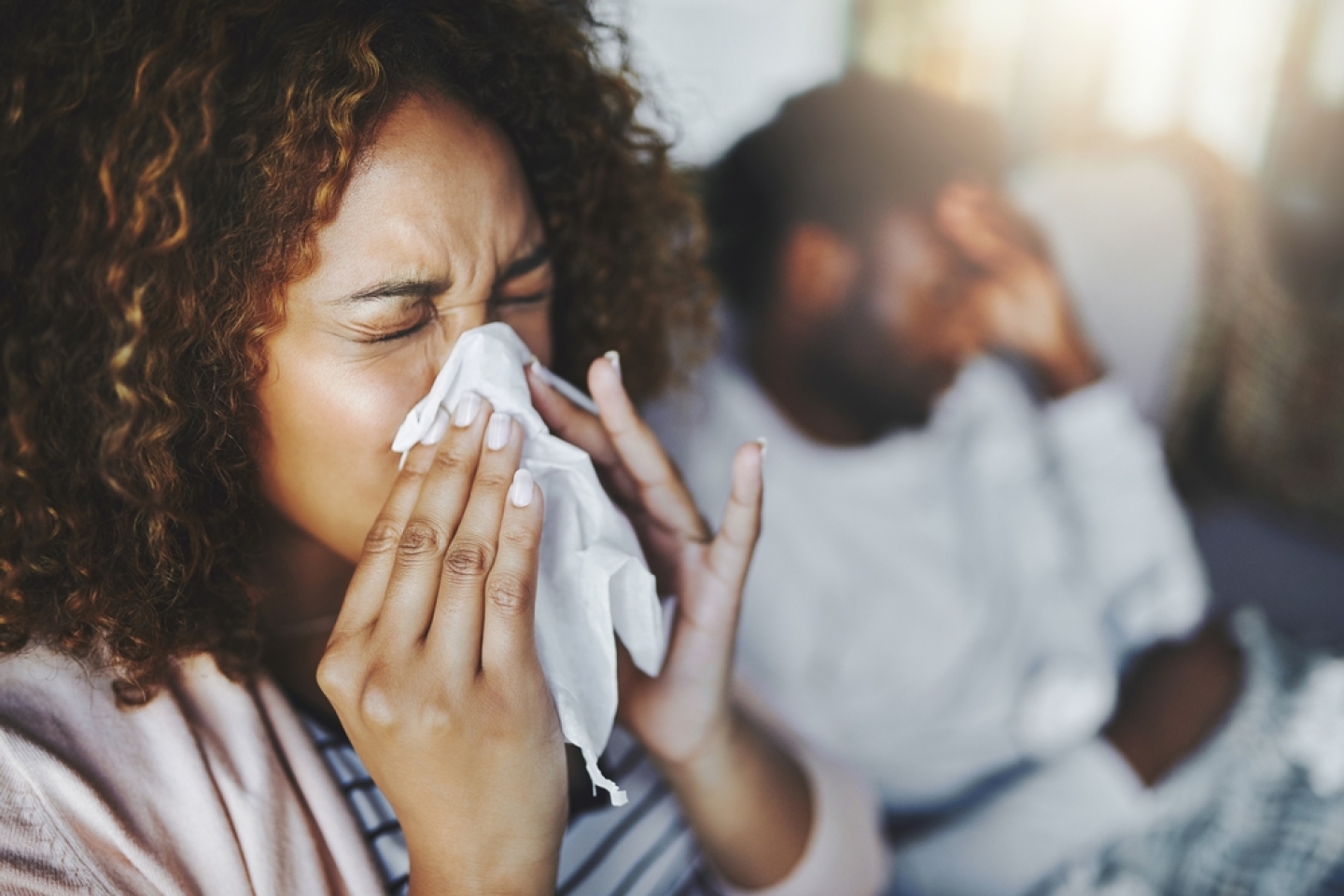Respiratory Viruses: Updated Guidance from the CDC

Public health experts have learned a great deal about COVID-19—a virus never seen before in human beings—since the coronavirus first appeared on our shores 4 years ago. —the country’s leading public health authority—appliedĚý its best thinking to the public health emergency. Its earlier guidance was designed to minimize serious illness, hospitalizations and deaths at a time when the U.S. population had far lower levels of immunity to the virus and fewer tools with which to prevent, fight and treat it.Ěý
The CDC’s previous guidance recommended a minimum isolation period of 5 days, plus a period of post-isolation precautions. As of March 1, 2024, that guidance has changed.Ěý
The CDC now recommends that people stay home and away from others until at least 24 hours after their symptoms have improved and their fever has broken.Ěý
The CDC’s new guidance also encourages all of us to take added precautions for 5 days after that brief stay-at-home period, including:Ěý
- Airing out our homes and exposing ourselves to fresh airĚý
- Wearing a well-fitting maskĚý
- Hand-washingĚý
- Practicing social distancingĚý
- Getting testedĚý
All these measures can lower the chances of spreading COVID to others. And they apply to the other most common respiratory viruses as well: the flu and respiratory syncitial virus (RSV).Ěý
What does “improv±đ»ĺ” symptoms actually mean?Ěý
By “improv±đ»ĺ” symptoms, the CDC means an overall sense of feeling better—no tests required. It’s about the ability to resume your normal activities. However, “fever” is mentioned as a specific symptoms in the new guidance, as people tend to be more infectious when they have a fever.Ěý
The triple respiratory threatĚý
The CDC’s new COVID-19 guidance draws on long-standing strategies to prevent the spread of other respiratory viruses—most notably, the flu. In other words, it’s based on evidence. That evidence indicates that shortening the quarantine period will not increase severe disease or foster a higher rate of transmission.Ěý
With the easing of the COVID pandemic, the virus’s impact on our health is increasingly seen as similar to other respiratory viruses. That’s why the CDC has issued a unified Respiratory Virus Guidance, as opposed to a separate guidance for each illness.ĚýĚý
All three of the most common respiratory viruses share similar symptoms, routes of transmission and prevention strategies.Ěý
However, COVID-19 differs from other respiratory viruses. It continues to pose a serious threat to people at higher risk of serious disease—m˛ąľ±˛Ô±ô˛â those over 65 and the immunocompromised. The updated guidance has been designed to protect these vulnerable populations.ĚýĚý
What has changed for the better?Ěý
The timing of the CDC’s updated guidance coincides with the following positive changes:Ěý
- effective vaccines against all three major virusesĚý
- effective treatments, including paxlovid for COVID and several antiviral medications for the fluĚý
- high levels of population immunity to COVIDĚý
- fewer hospitalizations and deaths from all three respiratory virusesĚý
- fewer complications from COVID (even long COVID is becoming less prevalent)Ěý
Takeaway pointsĚý
- There’s no need to quarantine for extended periods. The CDC recommends staying home and away from others for at least 24 hours after your symptoms ease and you no longer have a fever.Ěý
- You can go back to your normal activities as soon as your symptoms improve. A COVID test is optional. The new guidance is based on symptoms, not testing.Ěý
- Precautions—especially those that protect others—remain the same as in the CDC’s previous guidance.Ěý
If you’re experiencing symptoms related to COVID-19, schedule a video visit with your primary care physician or find a doctor here.Ěý
